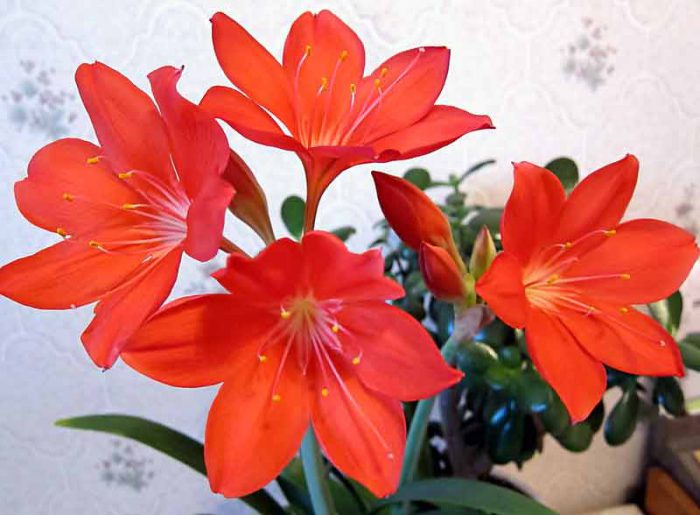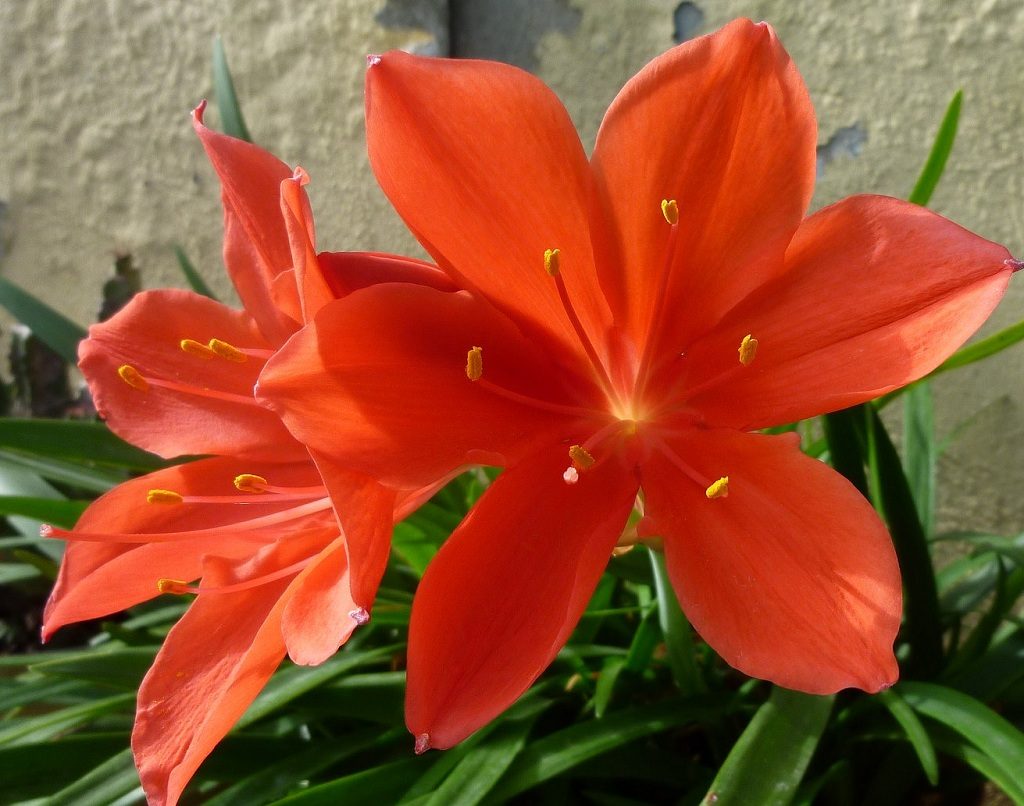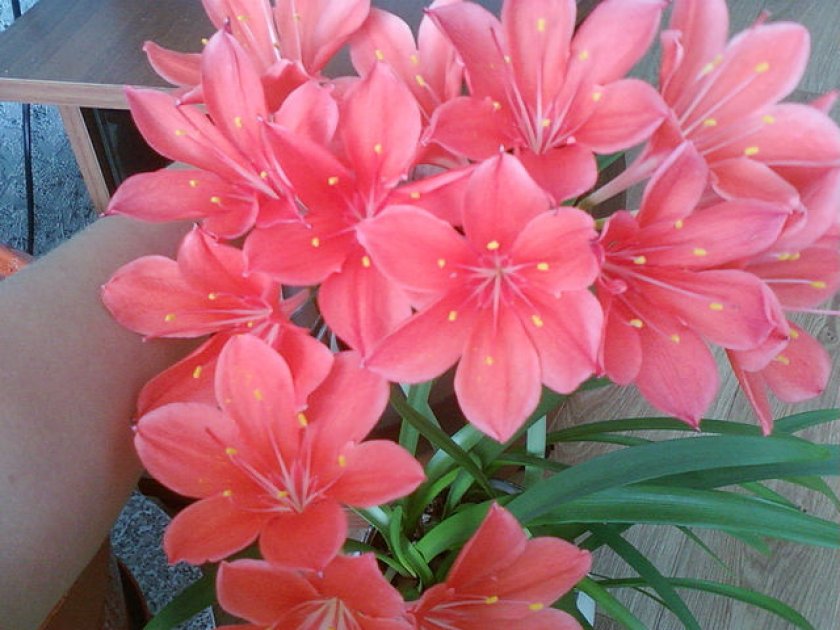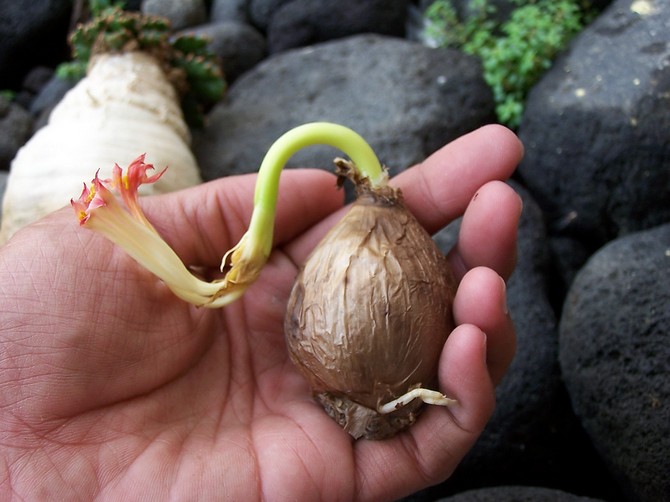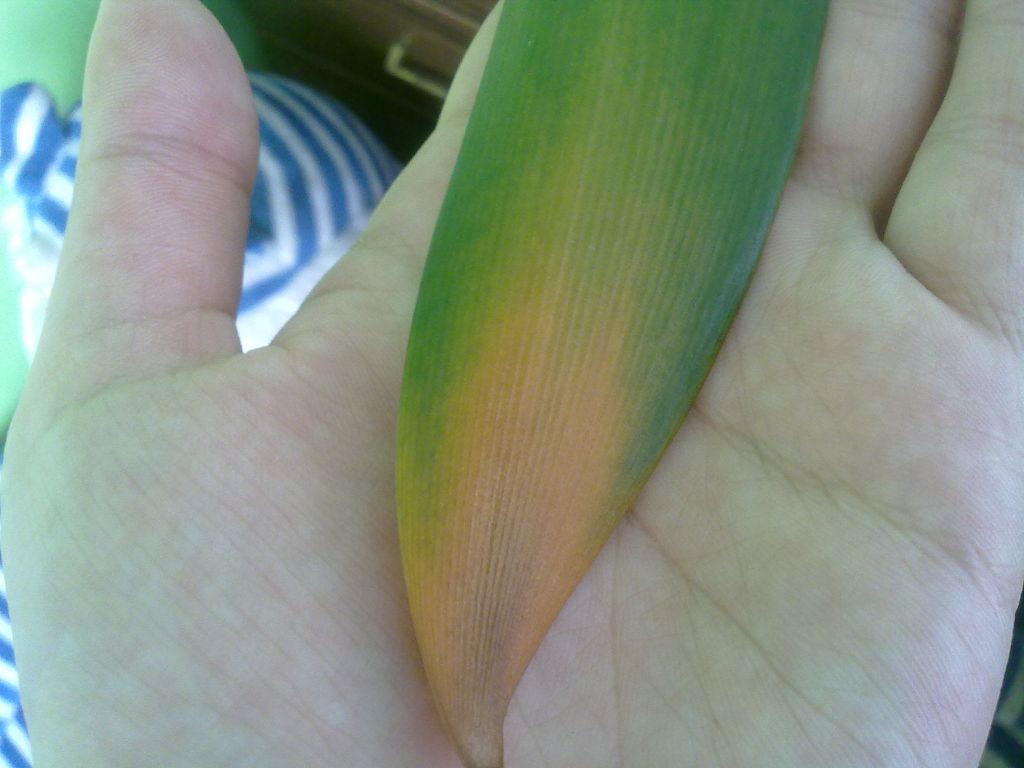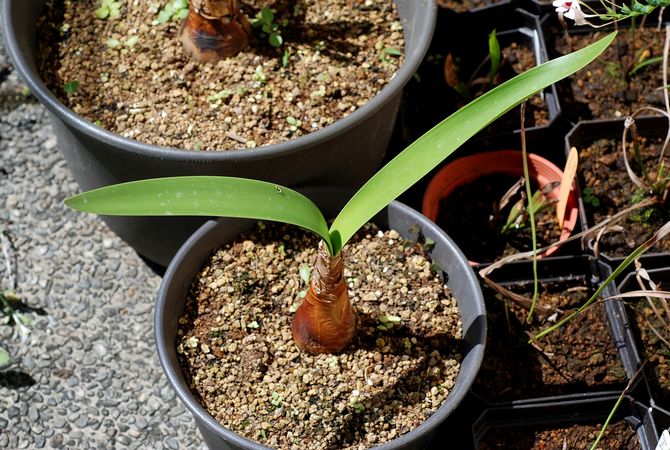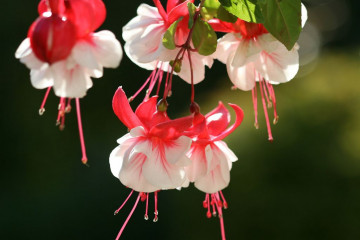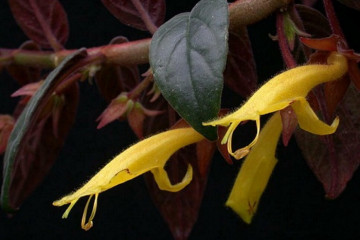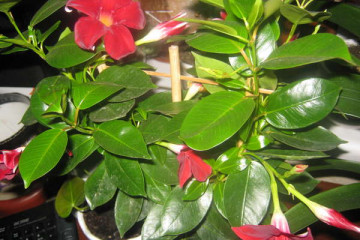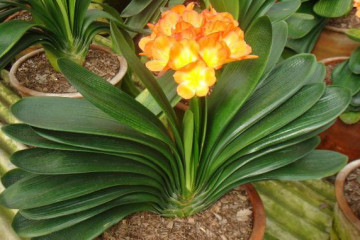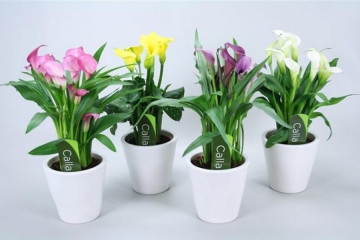Vallot flowers - care and cultivation at home
Content:
Vallota is a subtropical plant related to Amaryllis. It has adapted well to room conditions and, with good care, blooms beautifully and for a long time. Man has created a large number of plant varieties. Readers will be interested to know how the vallotta flower blooms, how to care for it.
Description of flower varieties
The most common varieties of wallot are fine and purple. They have some differences.
Vallota the beautiful
The bulb of this plant is ovoid. Over time, the middle part of the bulb gets thicker. Its diameter is 4-8 centimeters. The neck is widened and gradually turns into leaves. Forms a large number of children.
The leaves are fanned out on two sides. They are belt-like, up to 50 cm long, 3 cm wide. The leaf seems flat due to the fact that the midrib of the plant is poorly visible. The color of the leaves is light pink. With age, the lower leaves slowly turn yellow, wither, dry.
A peduncle rises from the central part of the bulb. Inside it is empty. Its growth is very fast: it can increase in length up to 2 cm during the day. Grows up to 35 cm in height. Vallota beautiful begins to bloom 3 weeks after the flower stalk has appeared. It has 3-6 flowers on it. Outwardly, they look like lilies: up to 7 cm long, with a developed flower up to 10 cm in diameter.
The color is bright red and red, orange. The more light in the room, the more saturated the shade. Each flower blooms for about a week. Since all of them do not bloom at the same time, the whole plant blooms for more than a month.
After reaching the age of 10, the bulb produces up to 3 peduncles with an abundant number of flowers.
Vallota purple
The description of this plant is slightly different. The plant is distinguished by leaves with an olive tint. They do not grow more than 30 cm. The width of the leaf is about 5 cm, it resembles a sword in shape.
Purple vallotta blooms, as a rule, in the fall. Several peduncles are formed, each with up to 8 small flowers, saturated red with a purple tint.
Wallot care
If a plant such as vallotta has appeared in the house, care and cultivation of this flower at home will not cause difficulties. By adhering to simple and uncomplicated rules, you can achieve long flowering and disease resistance. The plant loves light, so it is best placed on a sunny windowsill on the east side.
If the air temperature rises above 25 degrees, then it is necessary to systematically spray the leaves. In the heat, caring for a wallot at home is to increase the frequency of watering.
During the growth period, the flower should be watered moderately. Watering is carried out if the topsoil is dry. In winter, the frequency of watering decreases, depending on the ambient temperature. It is not necessary to allow the leaves to die off - this is poorly displayed on the state of the entire plant.
Plant transplants are rare. This is due to the fact that it does not respond well to damage to the bulb.
The transplant is carried out every 2 or 3 years, necessarily in the spring, and only if a strong growth of the bulbs is noticeable. During the planting process, you need to separate the babies from the bulbs (they require a lot of nutrients from the mother's bulb). It is better not to deepen the neck of the bulb into the ground. Make several holes in the pot to remove excess water. Pebbles and sand are used as drainage.
Why do the leaves turn yellow
Before winter, the plant does not lose leaves, but gets rid of old ones with the beginning of growth in spring. This process is natural and does not cause excitement. If young foliage turns yellow, this can be a dangerous sign. The plant should be examined for the presence of spider mites, mealybugs.
If the tips of the leaves turn yellow, this may be a signal of problems with the root system. For this, the irrigation system should be adjusted. If the room is cold, you need to raise the air temperature.
Temperature regime
In the summer, you need to maintain the room temperature from 20 to 25 degrees. In winter, it is necessary to transfer the plant to a cooler place with a temperature of at least 10 and not higher than 12 degrees.
Soil and pot selection
To grow a plant, you need to choose a soil that is nutritious and rich in nutrients. For the mixture, combine turf, deciduous soil and humus (1 part of turf, 4 parts of deciduous soil and 2 parts of humus). Sand in the mixture is required.
Diseases, pests
Root rot is one of the most dangerous diseases for vallotta. Young, newly formed bulbs are especially affected by rot. When the root decays, the growth of the stems slows down, the leaves die off, the outer scales rot. Gray mold appears due to excessive moisture. The problem is eliminated by treating the plant with a solution of potassium permanganate, a fungicide.
The plant can be affected by the scale insect and spider mites, aphids. To eliminate this phenomenon, drugs are used (Aktara, Aktellik). The shields are previously removed with a cotton swab soaked in an alcohol solution.
Preparing for flowering
For the plant to bloom, you cannot transplant it into large pots. Better if it is a little tight. If there is a lot of space, the vallotta forms a large number of children, due to which flowering does not occur. Before flowering, you need to carefully separate the children.
Reproduction
Bulbs
Bulb breeding is more reliable. You can plant only those bulbs that have roots, otherwise the baby will not take root.
During the transplantation of this plant, the children are seated in separate containers. Their diameter should not exceed 9 cm. Children go deeper into the soil by no more than two-thirds. Watering should be infrequent at the beginning of bulb development.
Growing from seeds
This breeding method is practiced less often. Seeds are planted in moist soil in October-November. The container where the seeds were planted is covered with glass or transparent film. The seed pots are ventilated daily, the substrate is moistened with a sprayer. The air temperature during seed germination should not fall below 16 degrees.
If these conditions are met, the first seedlings appear in about a month. If necessary, they can be transplanted. The first pick is carried out six months later.
The bulbs are well deepened into the soil: the necks should not be visible. Watering is carried out in moderation. In the spring, seedlings are already planted in pots. In the second year, beautiful flowers can be grown.
Vallota is a beautiful houseplant that delights the eyes with long flowering. Compliance with the rules of caring for the indoor plant Valotta will help prolong the life of the flower and prevent the appearance of diseases.
